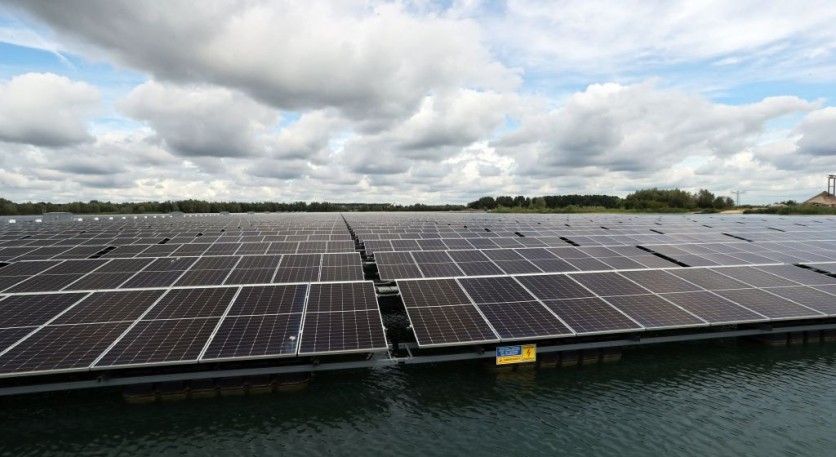
A recent study showed that if solar panels were built on top of the world's reservoirs, they could provide enough energy to supply electricity to one-third of the world's population.
When used to shade the water, floating photovoltaic systems (or "floatovoltaics") not only generate electricity but also reduce evaporation and free up valuable land for other uses.
These findings were published in a paper titled Energy production and water savings from floating solar photovoltaics on global reservoirs in the journal Nature Sustainability.
Benefits by Numbers
As reported by Evening Standard, a group of scientists from all around the world came up with the number 9,434 terawatt hours (TWh) annually that 30% of the world's reservoirs could generate. The yearly power demand of the US would be more than doubled if this were to be achieved.
With an annual worldwide energy consumption estimated at 22,800 TWh, installing floatovoltaics on one-third of reservoir surfaces would satisfy one-third of global demand.
In the new analysis, researchers noted that considering the proximity of most reservoirs to populated areas and the possibility of creating specialized local power networks, 6,256 towns and/or cities in 124 nations, including 154 metropolises, could be self-sufficient with local floating photovoltaic plants.
The three largest carbon emitters, Brazil, China, and India, are also among the nations that may profit the most from producing electricity from floating solar panels.
The researchers further point out that there are other benefits to installing solar panels atop reservoirs besides lowering water loss and keeping the panels cool.
According to Ars Technica, one benefit is that the area has already been flooded by humans, so no one is covering up pristine wilderness with panels. Moreover, many reservoirs are linked to hydroelectric power systems, so the two sources may be coordinated to provide constant output at all times and in any climate.
And whilst the panels' shading of the water's surface may disrupt established ecosystems, it may also reduce the number of hazardous algal blooms contaminating drinking water.
Certain Reservations
Recent price reductions for solar panels have made expanding the use of renewable energy sources a more financially feasible option for achieving net-zero goals.
Apart from the obvious financial barrier, the main challenge is finding suitable locations for them to be installed. This is because many landowners, environmentalists, and authorities are opposed to the idea.
The Dezhou Dingzhuang Floating Solar Farm in China is presently producing more than 320 megawatts, proving that floating solar panel installations work as promised.
More Floating Solar Projects
There have been some recent successes with floating solar plants, according to Verge.
In June 2022, at Fort Bragg, North Carolina, the US army installed its first floating solar array. Floatovoltaics are also more prevalent in Asia. One of the world's biggest floating solar farms in Shandong province was launched last year.
Furthermore, South Korea's Hapcheon County boasts almost 92,000 solar panels shaped like plum blossoms floating on a 12-mile reservoir.

ⓒ 2025 TECHTIMES.com All rights reserved. Do not reproduce without permission.




